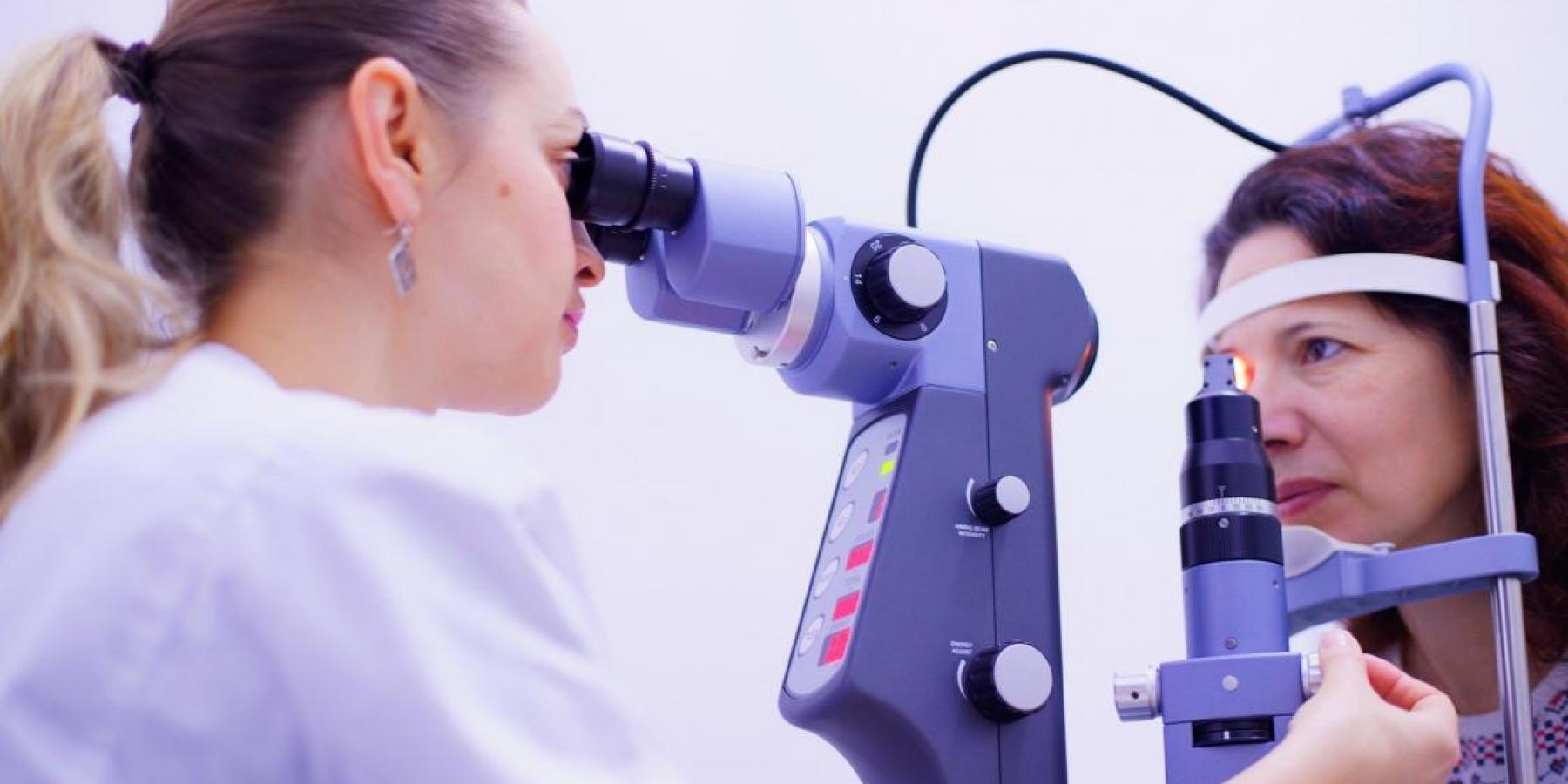Addressing the burden of diabetic retinopathy and health workforce shortages: A look at task shifting
09th November 2020

09th November 2020
Globally, it is estimated that 463 million people live with diabetes and are at a higher risk of severe complications and death from infectious disease, as we have seen with COVID-19. DR is one of the most common complications of diabetes, together with other eye health conditions such as cataract and glaucoma. Over one-third of people with diabetes develop DR and, if no further action is taken, it’s estimated that about 180 million people worldwide will have DR by 2030.
Following the rule of halves, we know that the actual number of people living with diabetes is much higher than the diagnosed cases, and far fewer of those diagnosed receive adequate care, achieve treatment targets and desired outcomes. A similar tendency occurs in terms of people’s access to DR screening and timely, accurate diagnosis.
“I have had blurry vision since I was diagnosed with type 2 diabetes in 2013. However, I have never been diagnosed with DR so far, as there are no DR units in my state (Imo)” - Chimezie Anyiam, member of the IDF Blue Circle Voices, Nigeria
People with diabetes often fear the loss of their vision or a lower limb. Awareness, early detection and early intervention are key to preventing both. Nurses on the frontline battle to control diabetes and its complications are well placed to detect problems early. The International Diabetes Federation (IDF) is recognising the role of frontline health workers during this difficult year, by dedicating World Diabetes Day (November 14) to the nurse, urging governments and healthcare organisations to invest in recruitment of more nurses and their training.
This is indeed a time to reflect on the role that not only nurses, but also other healthcare providers such as paramedics and optometrists, can have in the prevention and management of diabetes and DR. There is growing evidence about the cost-effectiveness of DR screening interventions if there is a high coverage; however, there are simply not enough ophthalmologists to achieve the necessary population coverage and regularly screen every person with diabetes for signs of DR.
“I deal with several comorbid issues, but this [DR] is the one that affects me the most. If it wasn’t for the skills of my optometrist and ophthalmologist, I could have been blind before I hit 50. I have challenges, but I can still see at 52” - Michael Donohoe, member of the IDF Blue Circle Voices, United States
Task shifting can effectively increase the rate of timely and accurate DR diagnosis. This is the transfer of tasks to other cadres of the health workforce with fewer qualifications that receive competency-based training to perform specific tasks (in this context, nurses, paramedics and technicians). However, the feasibility, safety, and effectiveness of these task shifting interventions depends on the cadre and level of training received, the technology and techniques used, and the capacity of health workers to proceed with referrals and to reach remote and rural populations.
For example, The Fred Hollows Foundation trained nurses in eye health units of tertiary hospitals as well as health assistants in diabetes clinics in Bangladesh to perform retina examinations for signs of DR. The health assistants were trained to identify people who should be referred for further examinations using hand-held portable cameras that are easy to use and more affordable than the cameras typically used by eye health specialists.
The level of training required for task shifting is dependent on the technology and techniques that are available:
This brings us to another essential point: without a wide coverage and community-based strategy, investing in task shifting and technology for DR screening will not be enough. We need to look at the proportion of people living with diabetes that have access to DR screening services, but also identify people who might not be aware of their condition or health risks. For instance, The Fred Hollows Foundation supported a programme in Pakistan to train community health workers to raise awareness and identify people at risk of developing DR to refer them to a primary healthcare facility where they can be screened by trained optometrists. The programme also invested in a referral system coordinating diabetic clinics with medical retina services, and software to assist with data management and patient tracking.
Such interventions can indeed reduce the suffering of millions of people. For that reason, we need further integration of diabetic care, eye health interventions and other NCD services into health systems as part of countries’ pathways towards Universal Health Coverage. Although significant progress has been recorded over the last ten years, there are still gaps in accountability, leadership, investment, care, and community engagement in the NCD response that can be addressed through improved data management, political willingness, investment in digital health, integrated care, task shifting and community-based interventions that put people at the centre.
The Honourable John Brumby AO has been the Chair of the Board of The Fred Hollows Foundation since 2016. He was Premier of Victoria from 2007 to 2010 and Treasurer from 2000 to 2007 and was appointed an Officer in the Order of Australia in 2017.
Professor Andrew Boulton is the President of the International Diabetes Federation and a leading specialist in diabetes-related complications of the lower limb.
Ms Katie Dain, is the CEO of the NCD Alliance. She is widely recognised as a leading advocate and expert on NCDs and her experience covers a range of sustainable development issues, including global health, diabetes, gender equality and women’s health.